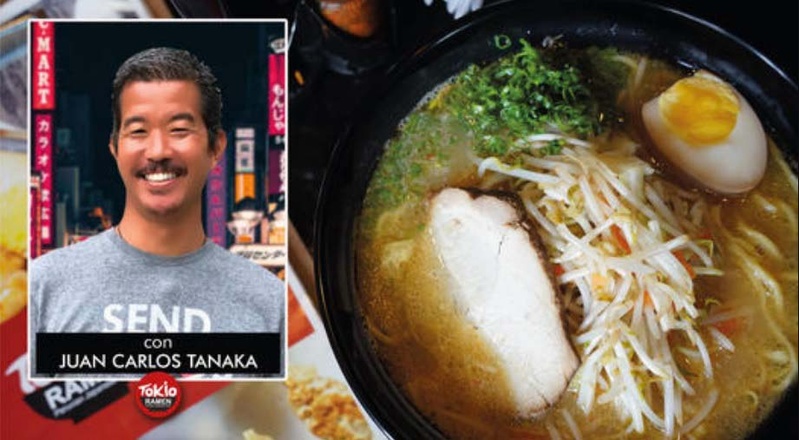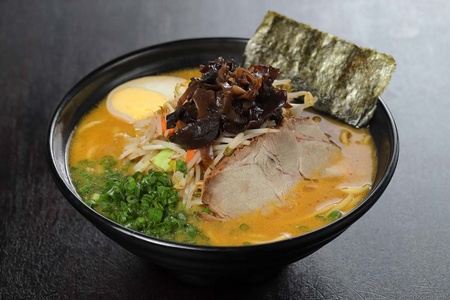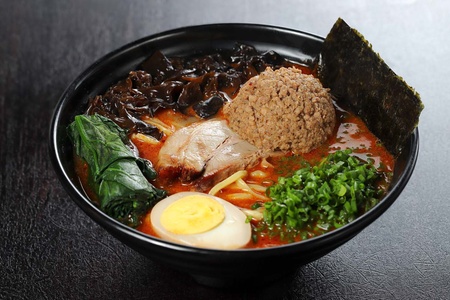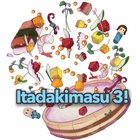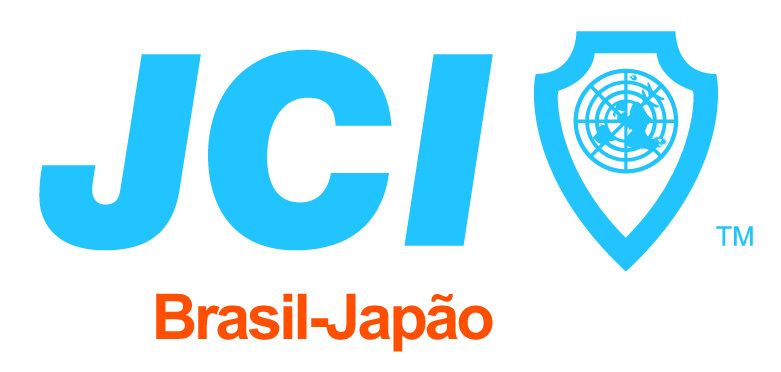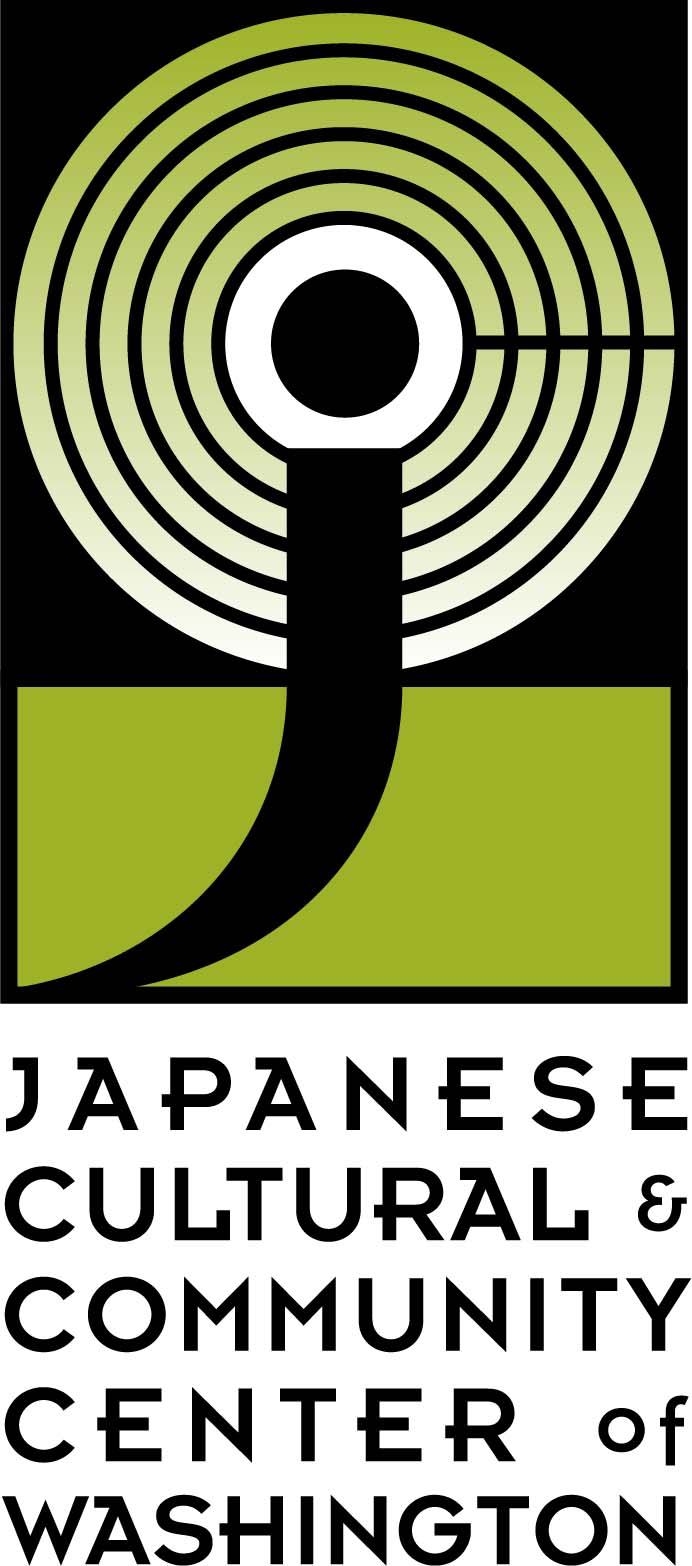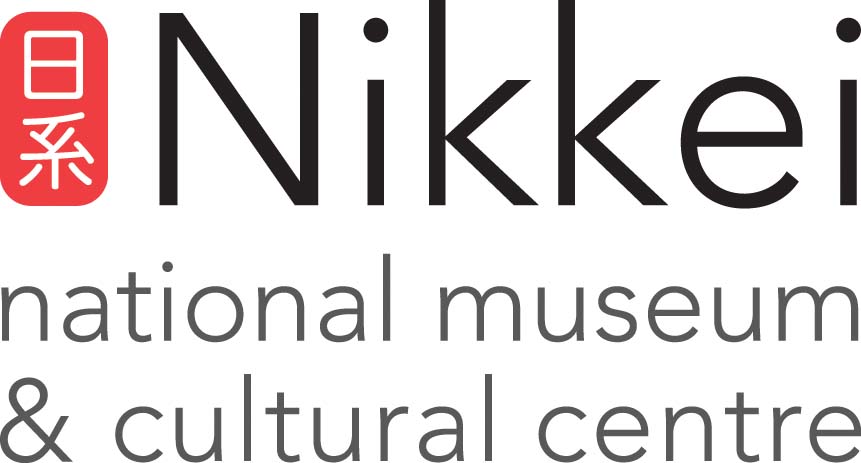When Tokio Ramen restaurant opened in 2011, Japanese noodle soup was unknown in Peru. Today, eleven years later, former dekasegi Juan Carlos Tanaka estimates that more than 30 restaurants in Lima offer it.
A pioneer in the spread of ramen in the Peruvian capital, the Nikkei chef observes with satisfaction its popularization in a situation marked by the blows of the pandemic and the future opening of a new establishment.
While preparing his rentrée, still recovering from the impact of the pandemic, Juan Carlos takes stock of these eleven years of peaks and abysses, which began with patient pedagogical work in which each client who stepped foot in his premises was a potential student, an explorer ready. to discover the vast world of ramen.
His task sometimes clashed with the ignorance or incomprehension of people who went to his restaurant in search of makis. However, little by little he managed to gain followers for ramen.
BALANCE TO GROW
Although when he opened his restaurant the ramen market in Peru was still virgin, there were already people who knew it, such as the Nikkei or the exdekasegi. This audience began to go to their establishment in search of the traditional flavor, of ramen as it is prepared in Japan.
In parallel with these customers familiar with Japanese noodle soup, the “new ones” arrived that Tanaka and his staff trained to guide them through its flavors.
However, to a newly initiated sector of the public, common dishes – such as shoyu or miso ramen – seemed strong.
The Nikkei chef understood, then, that he had to be flexible and adapt.
To get closer to the local palate, he created new dishes with Peruvian ingredients. One of them was Tokio Punche, made with quinoa, a grain native to Peru that gained momentum when the wife of a president of the Republic became an ambassador for the product to spread it around the world.
The fusion soup was well received and paved the way for similar creations, such as one he made inspired by parihuela (a fish and seafood soup typical of Peru), or the Red Hot Chili Tokio, with Peruvian chili peppers.
Now, while working to conquer the novice public, Juan Carlos Tanaka had to maintain the loyalty of the connoisseur.
As it was, the key was balance.
The balance in its culinary offering to satisfy its varied audience was transferred to the preparation of its dishes. The owner of Tokio Ramen endorsed one of the statements of the famous Japanese chef living in Peru, Toshiro Konishi, who said that fusion is not confusion, to indicate that fusion does not mean mixing like crazy.
Juan Carlos Tanaka has always been clear that fusion is based on respect for the base or “traditional essence” of ramen. “My base is Japanese flavors,” he says.
Between 60 and 65% of its clients were “traditional”, while the remaining 35-40% were made up of those interested in mergers or innovations.
“It's fortunate that it was received,” he says about his career and his contribution to the growth of ramen in Peru, where he also recognizes the importance of anime, thanks to its popularity among young people.
Promoting ramen culture in Peru means teaching, and that is what he has done since he opened his first location: teaching his staff to prepare the dishes, knowing their variety and becoming familiar with the vocabulary, among other things.
The former dekasegi recently decided to take a step further in his dissemination task by offering special classes so that his students know, for example, how to prepare the broth base or the pork to soften it, or how to marinate the egg to give it flavor.
POST-PANDEMIC CHALLENGE
In an interview via Meet, the chef remembers that he opened his second location in a district with greater purchasing power in the second half of 2019. There were delays, a lot of investment in money and time, until he opened it and with patience managed to make his way into the market. new market.
Everything seemed on track, but in March 2020 the pandemic struck.
With both restaurants closed due to quarantine, he became entirely dependent on delivery services. In his first location, in the Jesús María district, sales were enough to keep the business afloat, but in the new headquarters, with rent four times more expensive, it was impossible and he had to close it several months later.
Despite the comings and goings in the spread of the virus (first wave, remission, second wave, drop, third wave, etc.) and the restrictive measures of the Peruvian authorities (quarantines, partial openings with reduced capacity, new closures, reopenings, modifications in the volume of public, etc.), the first Tokyo Ramen location managed to survive the pandemic.
Today, in a new stage of his career and having overcome the most critical stage marked by the coronavirus, the former dekasegi aims to open his restaurant in a new, larger space.
The new challenge will be as difficult (or even more so) than the one he had to overcome in 2011. Back then, although there was no direct competition because there was no market, he had to work hard to contribute to its birth. Today there is a market, but also numerous competitors.
Eleven years after his first gastronomic adventure in Lima, Juan Carlos Tanaka assures that the enthusiasm for what lies ahead is the same as when he first started.
“I feel the same excitement as the first day when I opened in Peru, I feel that adrenaline of starting a new challenge,” he says. Added to this, he adds, is the experience he has acquired in these years, translated into more security and a clear direction.
Experience has taught him, for example, that he should focus on what he knows how to do: cooking. As a restaurant owner, you made the mistake of trying to cover all types of work: administrative, accounting, human resources management, etc.
“Trying to do everything consumes you, it doesn't give you time to think, to create,” he confesses. He has learned to delegate and now he only has a head for the kitchen. “I'm passionate about food, about flavors,” says the Nikkei chef, who hopes to travel to Japan soon to stay up to date on the latest ramen trends, as he regularly did before the pandemic.
© 2022 Enrique Higa Sakuda


